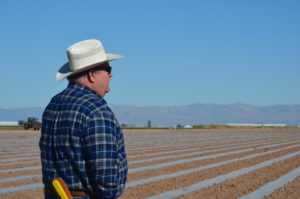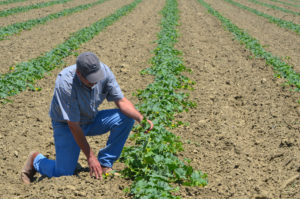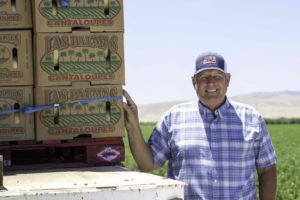We Plant More Every Day
Cantaloupe season is finally here! And that means there’s a lot happening on our farms here in California. Not only are farmers harvesting cantaloupe in the southern California desert growing areas, but cantaloupe farmers in California’s Central Valley are busily planting seeds that will harvest a few months down the road.
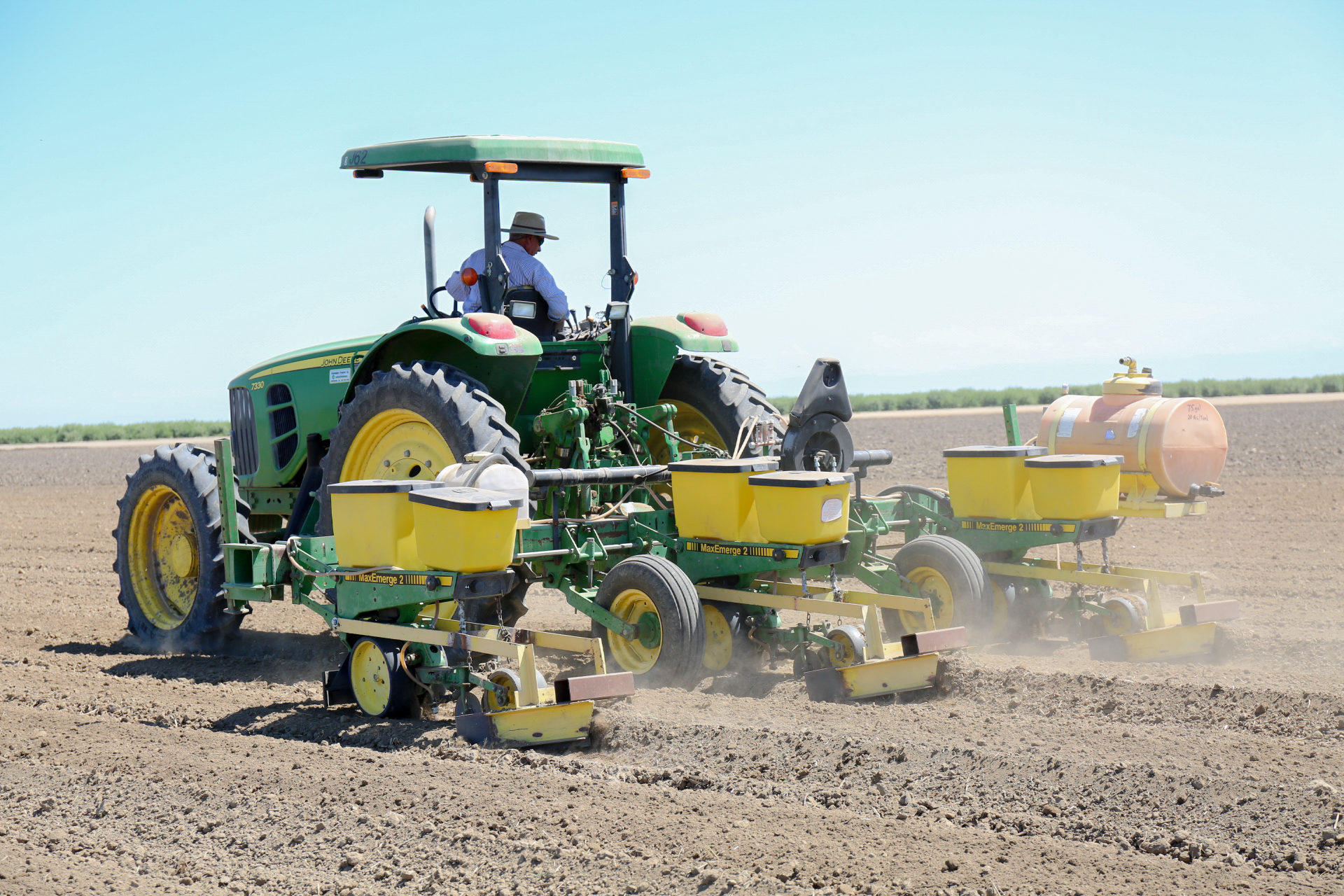
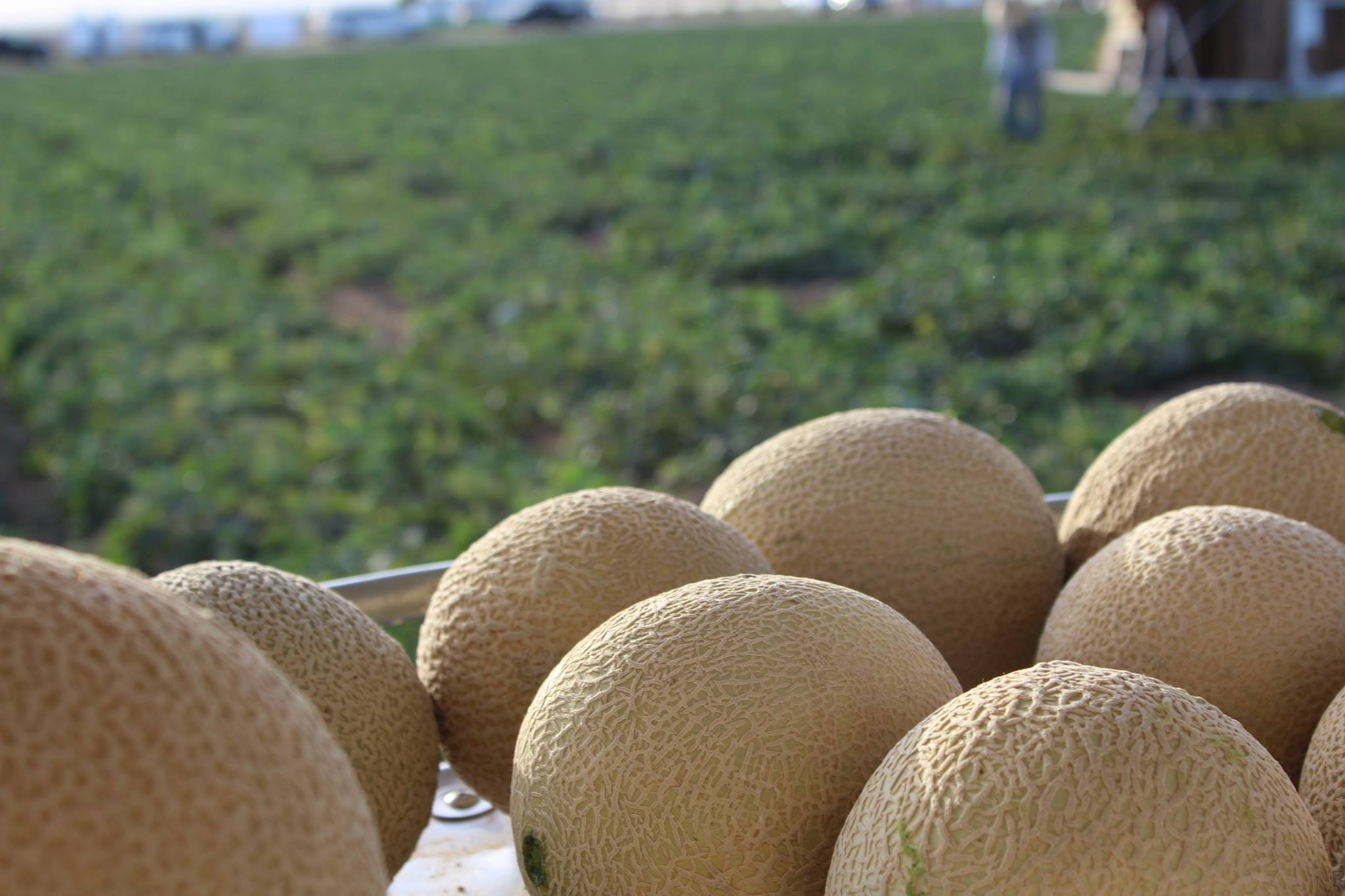
When it comes to planting and harvesting cantaloupe in California, it’s a tag team approach. Just as growers in the southern desert finish harvest — which happens in July — growers in the Central Valley start picking their fields. Meanwhile, growers in the desert will start planting their fields again, so that when the Central Valley fields are finished — usually around October — cantaloupe harvest in the desert will be ready to start again. This continuous back-and-forth exchange really does mean that we plant more cantaloupes every day. More importantly, it means you can enjoy fresh California cantaloupe from spring through late fall.
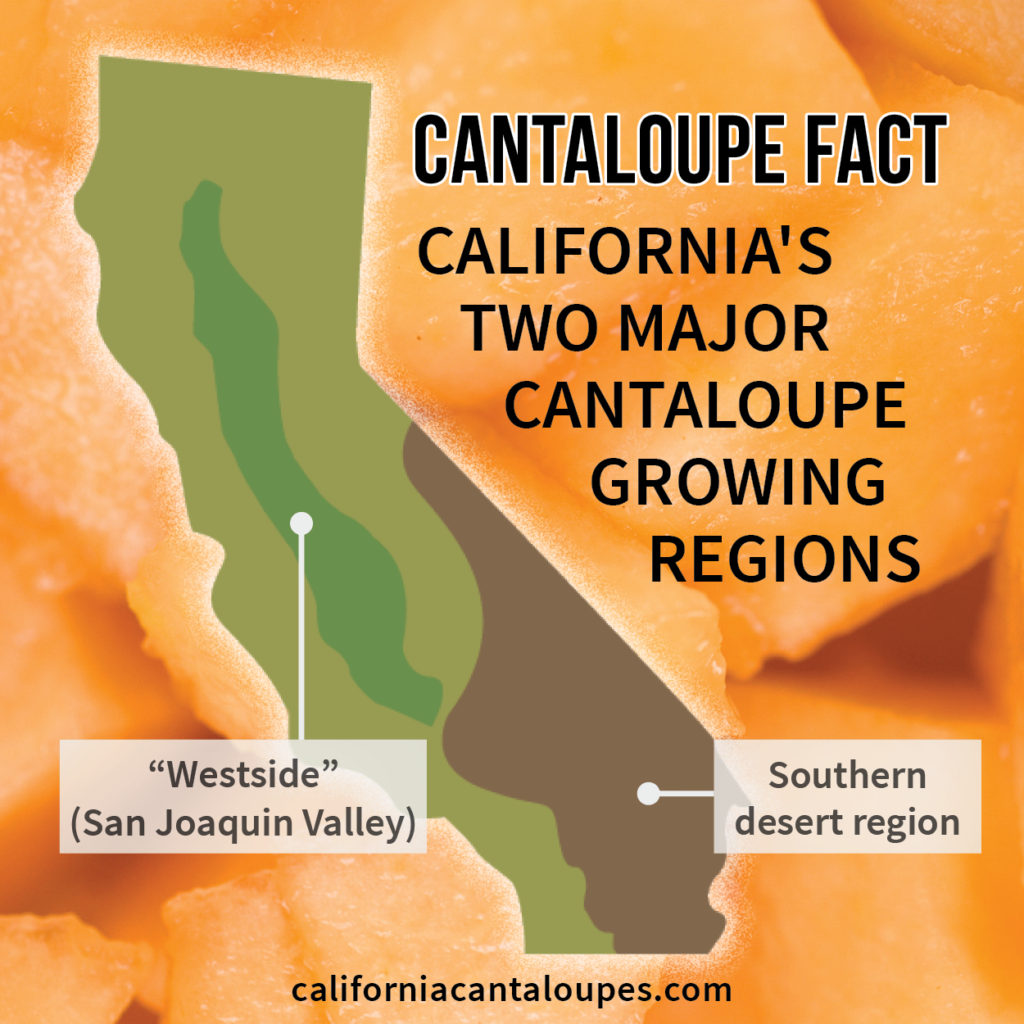
Can Longer Lasting Cantaloupe Save the Planet? We Hope So.
When it comes to the kinds of cantaloupe we’re planting in California fields — things are definitely changing. The issue of food waste is a hot topic and many retail and foodservice customers are trying very hard to cut down on the amount of produce they throw away each day. When we throw away fruit, we’re wasting all the water and energy that went into growing it and shipping it around the country. That makes reducing food waste a critically important environmental issue. To address it, many stores and restaurants are looking for fruits and vegetables that have a longer shelf life.
As a result, old-fashioned California cantaloupe varieties commonly known as “Western Shippers” have grown less popular among produce buyers because these varieties tend to have a very short shelf life and may need to be thrown away more frequently. The old “Western Shippers” are being replaced with newer varieties aptly referred to as “ESL” and “LSL” varieties (which stands for Extended Shelf Life and Long-Shelf-Life, respectively.) Unlike the old Western Shippers, these new varieties last longer and ship better — which is great!! But that sweet, juicy taste of Western Shipper-type cantaloupe can be difficult to replicate.

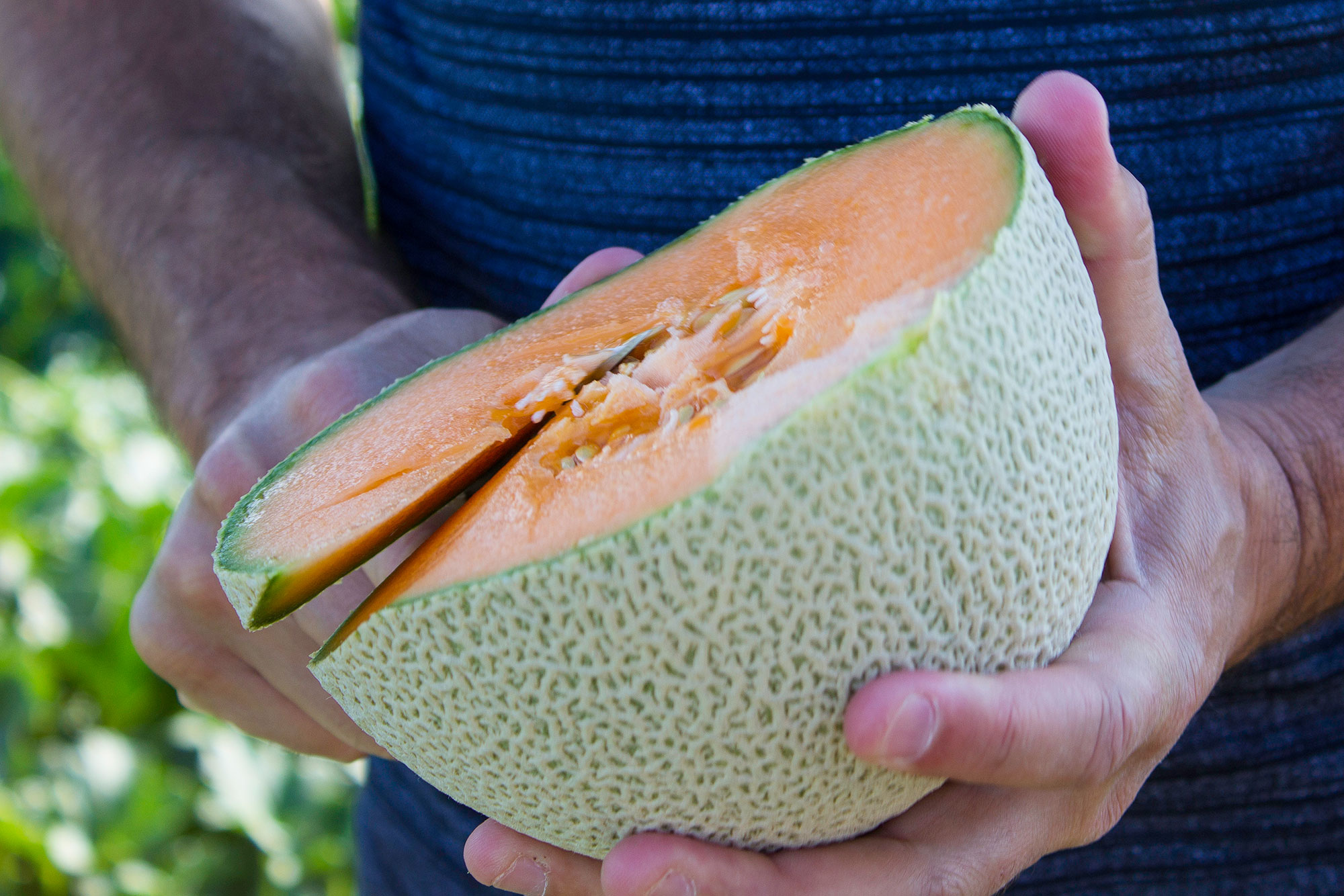
In selecting these new varieties, shoppers shouldn’t be concerned if there is still a bit of the stem left on the fruit. This is normal for LSL varieties, whereas with Western Shipper varieties, consumers were told to look for a smooth stem end.
Plant breeders and cantaloupe growers alike are working to improve these modern cantaloupe varieties and newer, better tasting varieties with long shelf life are being introduced every year. But because these new varieties are developed using traditional breeding techniques (meaning they are not genetically modified or GMOs), it can take 3 to 5 years before a new variety is ready to be tested in a commercial cantaloupe operation.
Currently, the vast majority of cantaloupe varieties from California are ESL or LSL varieties and only a small amount of Western Shippers is still grown. So, if you’ve noticed a change in your cantaloupes of late — now you know why.
But let’s remember this — we only get one planet. And the best way to take care of it is for farmers, stores, restaurants and you — our loyal cantaloupe-loving fans — to stick together!! Our recommendation — just keep buying California cantaloupe! Try ALL of the varieties available!! When you get a great one — let your produce manager or waiter know. Tell them to pass the information on to us. That way, we’ll grow more of your favorites.
After all, we plant more every day!
